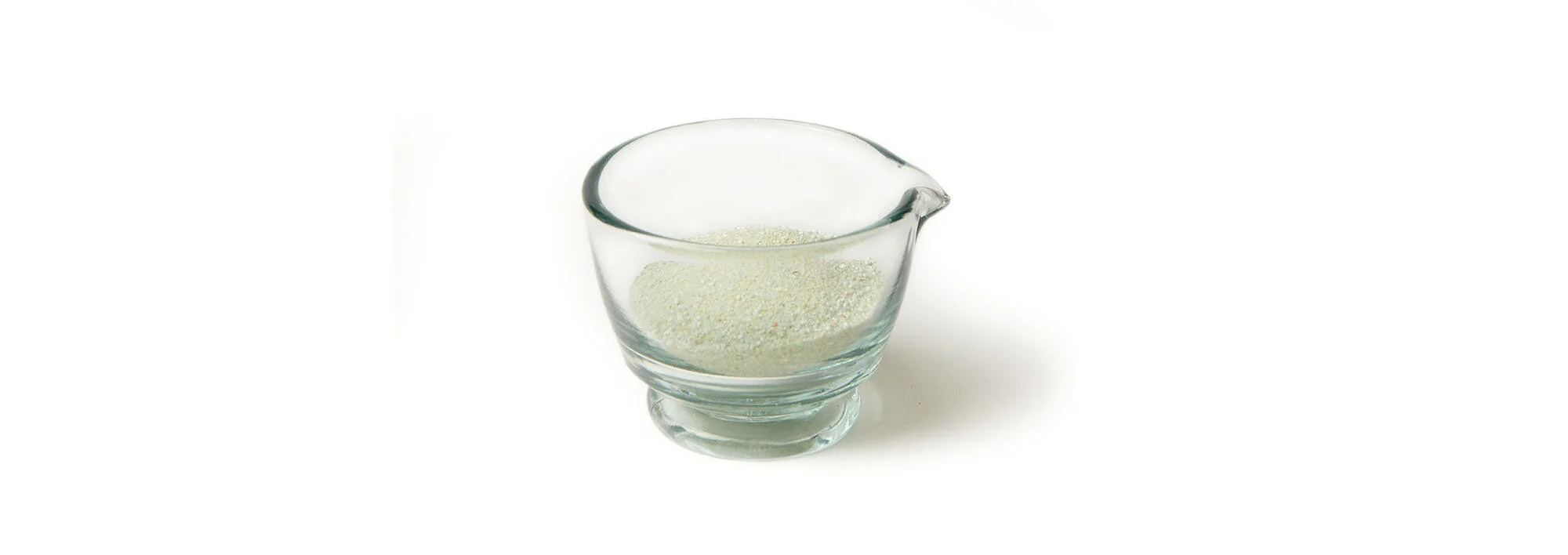The Ferrous Vat
Review the instructions for indigo vats. Don’t forget to scour your cloth or yarn before dyeing.
For a vat of about 15 litres
— 30 g (1 oz) Natural indigo (1 part)
— 60 g (2 oz) ferrous sulphate (2 parts)
— 90 g (3 oz) calx (calcium hydroxide) (3 parts)
This is called the “1, 2, 3 vat” – it is a cold vat that is great for cellulose and some silks; however, it is not recommended for wool because of the iron. The Ferrous Vat gives a beautiful dark indigo and has the advantage of being a cold vat that keeps for months. It is good for cloth that has been printed with resist as it does not require long dips. It is a vat with a long history in many cultures.
Start with hot water – almost boiling. Add the indigo to the vat, then the ferrous sulphate, then the lime. Wait for the vat to turn yellowy-green. Lower down in the vat, the liquid will be amber coloured. Check for the bronze surface and the dark bubbles. Begin to dye with short dips (10-15 minutes).
Follow our How to Dye With Indigo instructions.
A basket is highly recommended for dying when using the ferrous vat. If the iron in the bottom of the vat touches items being dyed it may cause discolouration. The ferrous vat gives a more stately blue, little less bright than many of the other vats and more like what might be found on a pair of seasoned blue jeans.
Keep the vat covered when not in use.
Maiwa has a ferrous kit with everything you need to make this vat.

